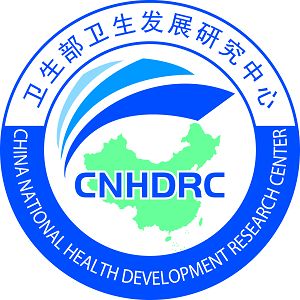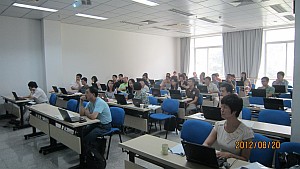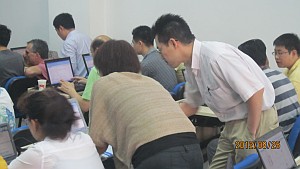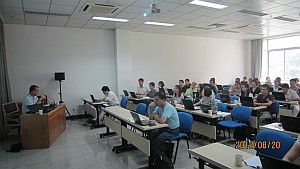China (China National Health Development Research Center)
- china
 Economic Evaluation of Health Interventions in China
Economic Evaluation of Health Interventions in China
China’s 12th Five Year Plan for National Health Development (2011-2015) identified life expectancy as a key indicator for health development. Policy makers in China looked into how to increase life expectancy by the end of 2015. The Ministry of Health (MoH) commissioned the China National Health Development Research Center (CNHDRC) to come up with answers. DCPN supported CNHDRC in their effort to conduct economic evaluation of global health interventions, policies and platforms to inform decision making in China.
One avenue of collaboration was through a CNHDRC study titled “Research on Risk Factors and Potential Interventions for Life Expectancy in China” (LE Project). The study aimed first, to define the best method for estimating life expectancy in China, then identify the main risk factors as well as effective measures and interventions for addressing the risk factors.
For the CNHDRC research team, understanding international practices and building capacity greatly contributed to the successful design and implementation of the research.
DCPN worked with a senior Management Team at CNHDRC, led by Dr. Kun Zhao. Activities of this collaboration included:
- Expert consultation on the determinants of life expectancy in China
- Cost-effectiveness analysis and disease burden training workshops led by the University of Queensland.
- Mentoring and training China health professionals on disease control priorities
DCPN Economic Capacity Building Workshop: August 20 – 25, 2012, Beijing, China
Professors Theo Vos and Hideki Higashi of the University of Queensland, and Professor Sue Horton of the University of Waterloo led a six-day cost-effectiveness training workshop for 45 participants from CNHDRC, the China Center for Disease Control, the China National Center for Cancer Control, and local hospitals and universities. The workshop focused on understanding the various models for conducting CEAs, and how to apply the models to specific health interventions (cancer screening was used as an example). Following the workshop, participants are working closely together in the LE project to conduct CEAs for several interventions in order to inform policymakers at the Ministry of Health.




